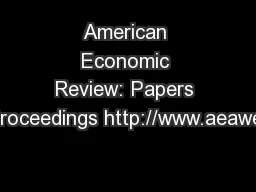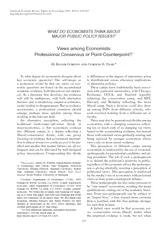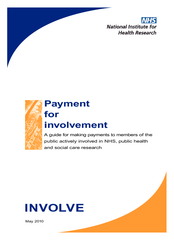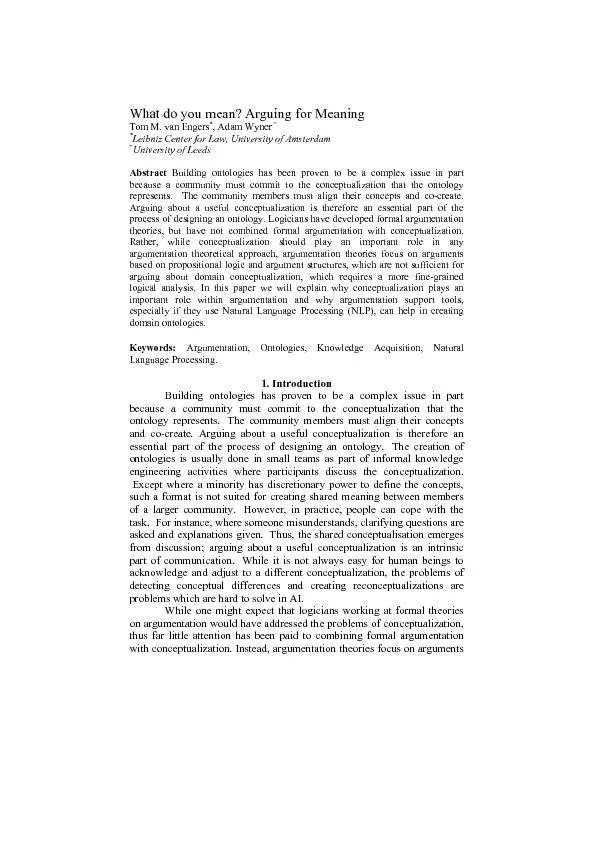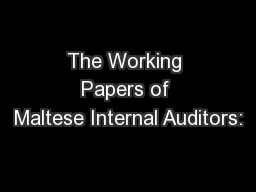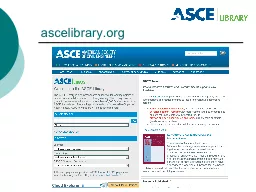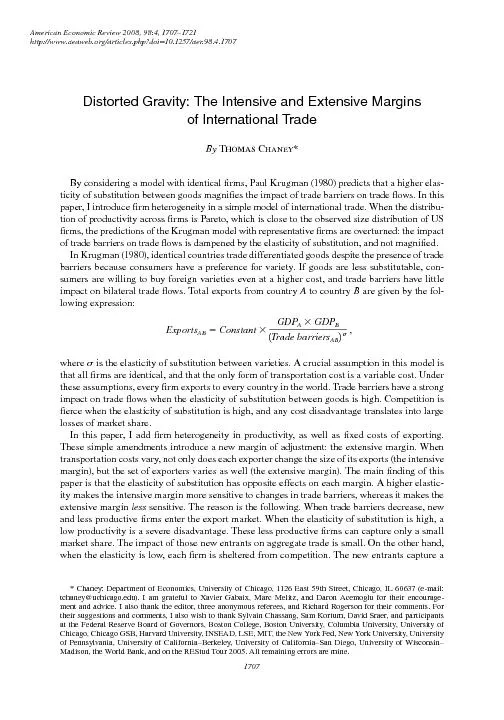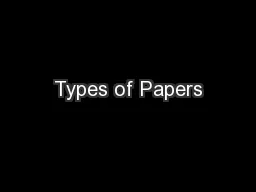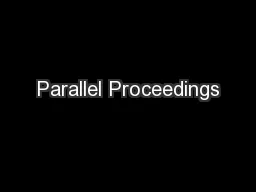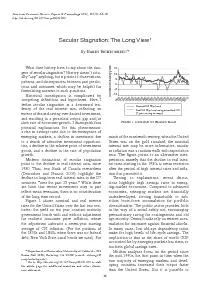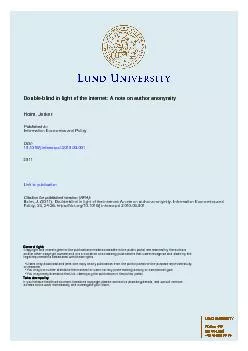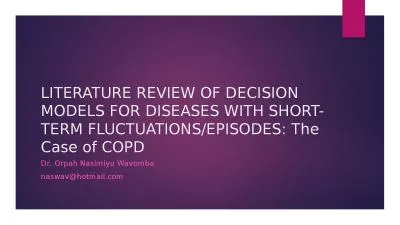PDF-American Economic Review: Papers and Proceedings http://www.aeaweb.org
Author : faustina-dinatale | Published Date : 2016-07-10
MAY 2011AEA PAPERS AND PROCEEDINGSadvicegiver if the advicegiver could increase his or her payoff by giving more biased advice why not do so maximally even in the
Presentation Embed Code
Download Presentation
Download Presentation The PPT/PDF document "American Economic Review: Papers and Pro..." is the property of its rightful owner. Permission is granted to download and print the materials on this website for personal, non-commercial use only, and to display it on your personal computer provided you do not modify the materials and that you retain all copyright notices contained in the materials. By downloading content from our website, you accept the terms of this agreement.
American Economic Review: Papers and Proceedings http://www.aeaweb.org: Transcript
Download Rules Of Document
"American Economic Review: Papers and Proceedings http://www.aeaweb.org"The content belongs to its owner. You may download and print it for personal use, without modification, and keep all copyright notices. By downloading, you agree to these terms.
Related Documents

